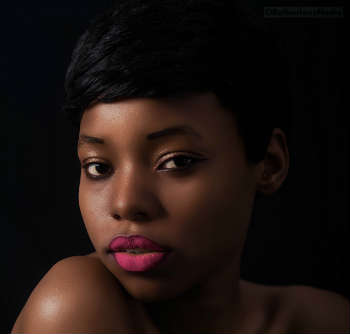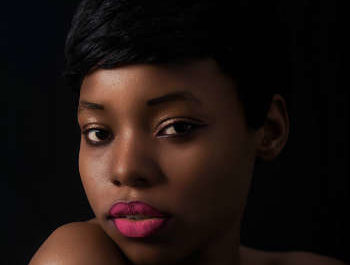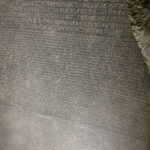The First Dark Skinned Model To Break Fashion Barriers
Breaking into a modeling career was not easy in the 1950s and 1960s. For a black woman, it was next to impossible.
Barriers to a modeling career did not stop Helen Williams, however. She became a very successful model, recognized as the first African-American woman to cross over into the mainstream of the modeling industry. Discover details of her fight to enter the modeling industry and her successful career.
Model Helen Williams Facing Early Barriers
Helen Williams started making some of her own clothing when she was just seven years old. Her high school education focused on dance, drama, and art. She found a job as a stylist at a photography studio at age 17.
Hollywood legends frequented the salon where she worked and took notice of Helen Williams’ beauty. Author Ben Arogundade points out that both Sammy Davis Jr. and Lena Horn told Williams she should become a model when the stars were in the studio for press shots.
After breaking into fashion modeling with other black women, Helen still experienced discrimination. Although she appeared in predominately African-American publications such as Ebony and Jet magazines, she still found doors closed to her in fashion modeling for African-Americans.
Doors closed primarily because Helen Williams was not a light-skinned model like other black women in the African American modeling industry at the time. Arogundade quotes Williams as saying, “I was too dark to be accepted.”
Finding Acceptance In France
Recognizing that Paris opened doors to African-Americans across many industries, Williams moved to Paris to pursue her desire to become a fashion model superstar. Fashion modeling was not closed to African American models as it was in the U.S. In fact, Paris modeling agencies and the French people appreciated the beauty of black women.
Helen achieved fame while modeling for designers such as Christian Dior and Jean Dessès. While working as a model in France, she received three marriage proposals. One admirer went even further, dropping to the ground and kissing her feet. Women’s History in America Today quotes the admirer proclaimed, “I worship the ground you walk on, Mademoiselle.”
Journalists Uncover The Skin-Tone Discrimination
After achieving acclaim as a successful model in France, modeling for international designers, Williams returned to the United States. Perhaps she assumed that with her fame overseas that she would now receive the same acceptance and success in the U.S. If that was her assumption, she was mistaken. Upon returning to the U.S., Helen Williams discovered that little had changed. Doors still slammed before she could get one foot in the door.
One modeling agency after another refused to hire Williams. After waiting for two hours in the reception area at one modeling agency, a representative stated that the modeling agency already had a black model. She never got an interview.
Helen Williams did not take rejection lightly. She took her story to the media, where two white journalists took note of William’s beauty and her statement that in Paris she was “La Belle Americaine.”
Journalists Earl Wilson and Dorothy Kilgallen wrote about the continued rejections that Helen Williams received in the U.S., even after achieving major success in Paris. The journalists focused on continued rejection of black models overall, as well.
Breaking Mainstream Barriers
After the two white journalists wrote about Williams, the advertisement requests started pouring in, allowing Helen Williams to cross over into mainstream modeling and press. She represented Budweiser and Modess and appeared in magazines such as Life and Redbook.
In beauty, cigarette and alcohol advertisements targeting the 1960s black America middle class, Williams achieved the fame and acclaim she desired. Crossing barriers and stereotypes, Helen Williams stepped across the “I was too dark to be accepted” lines, opening doors to her own career and to future African-American female models.







